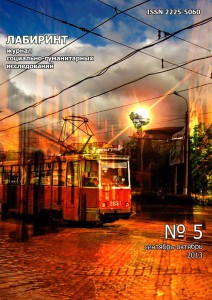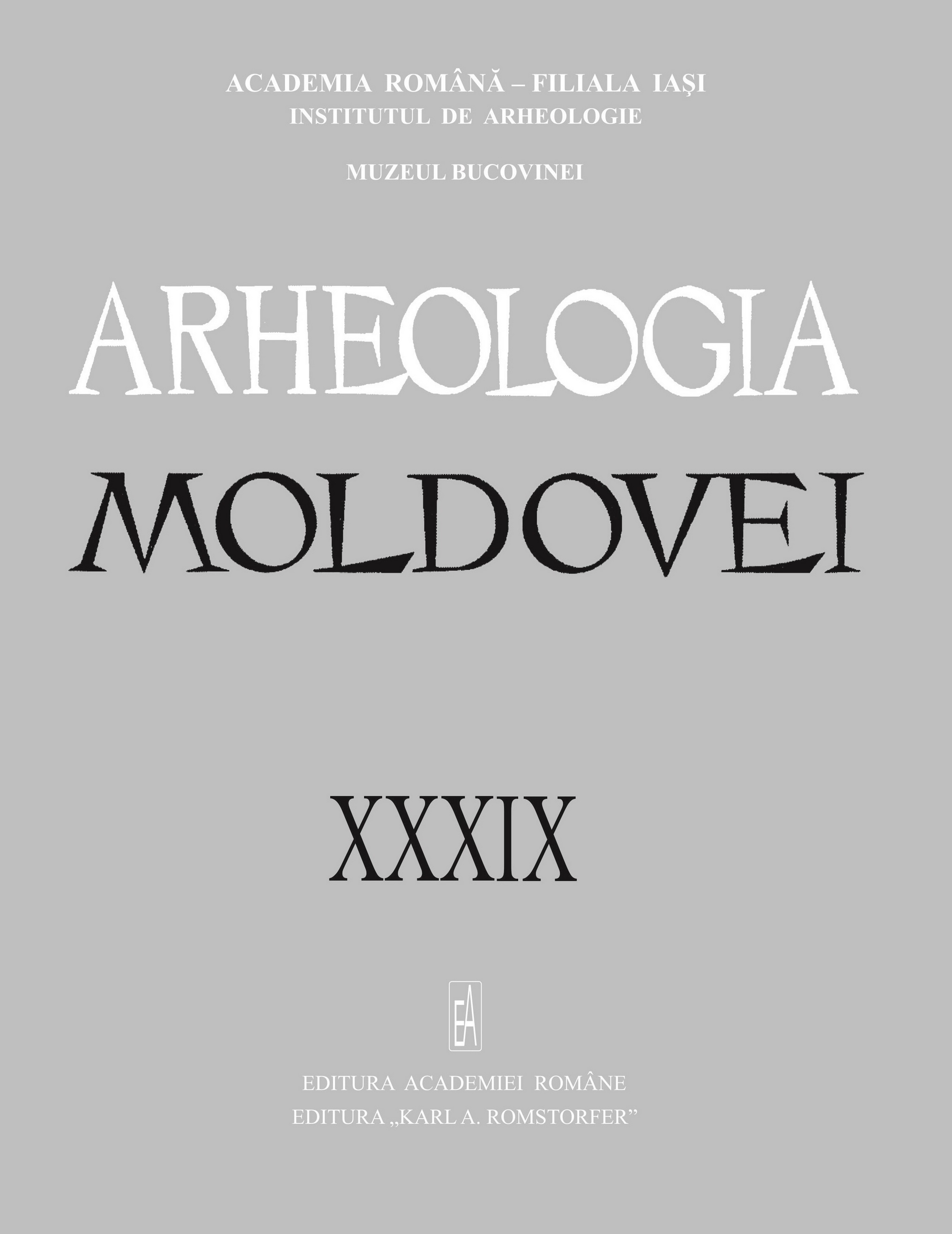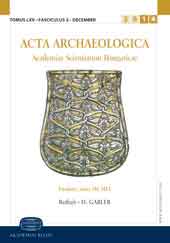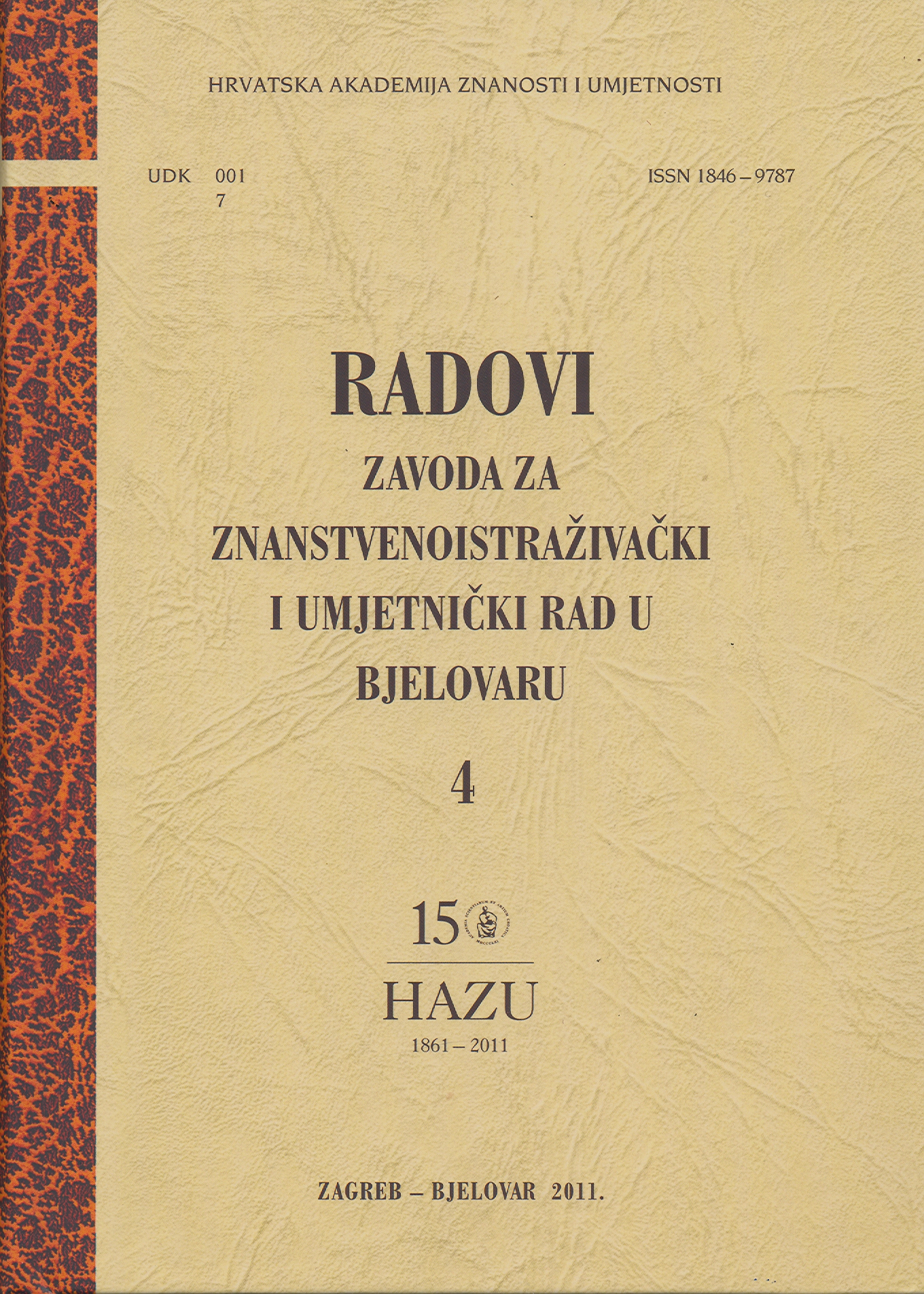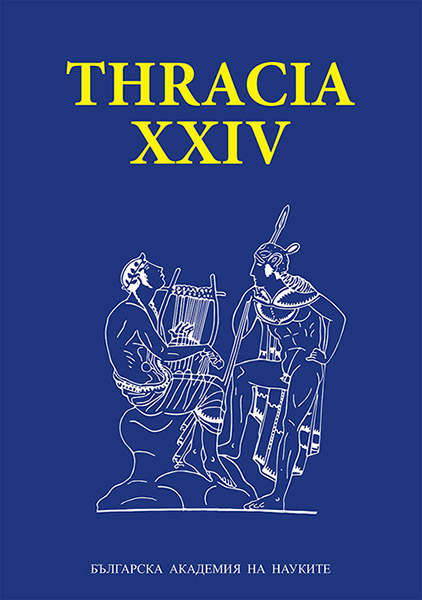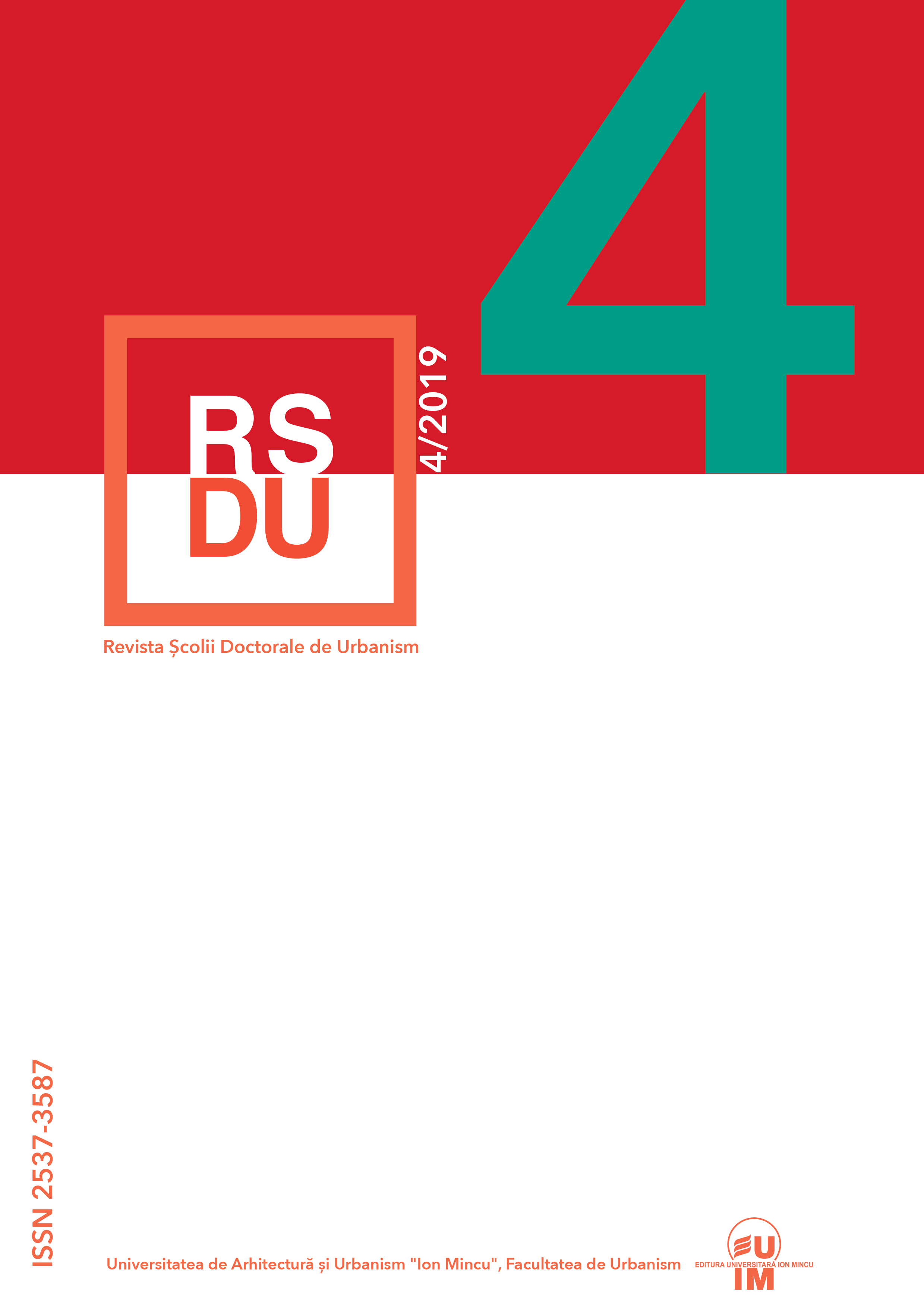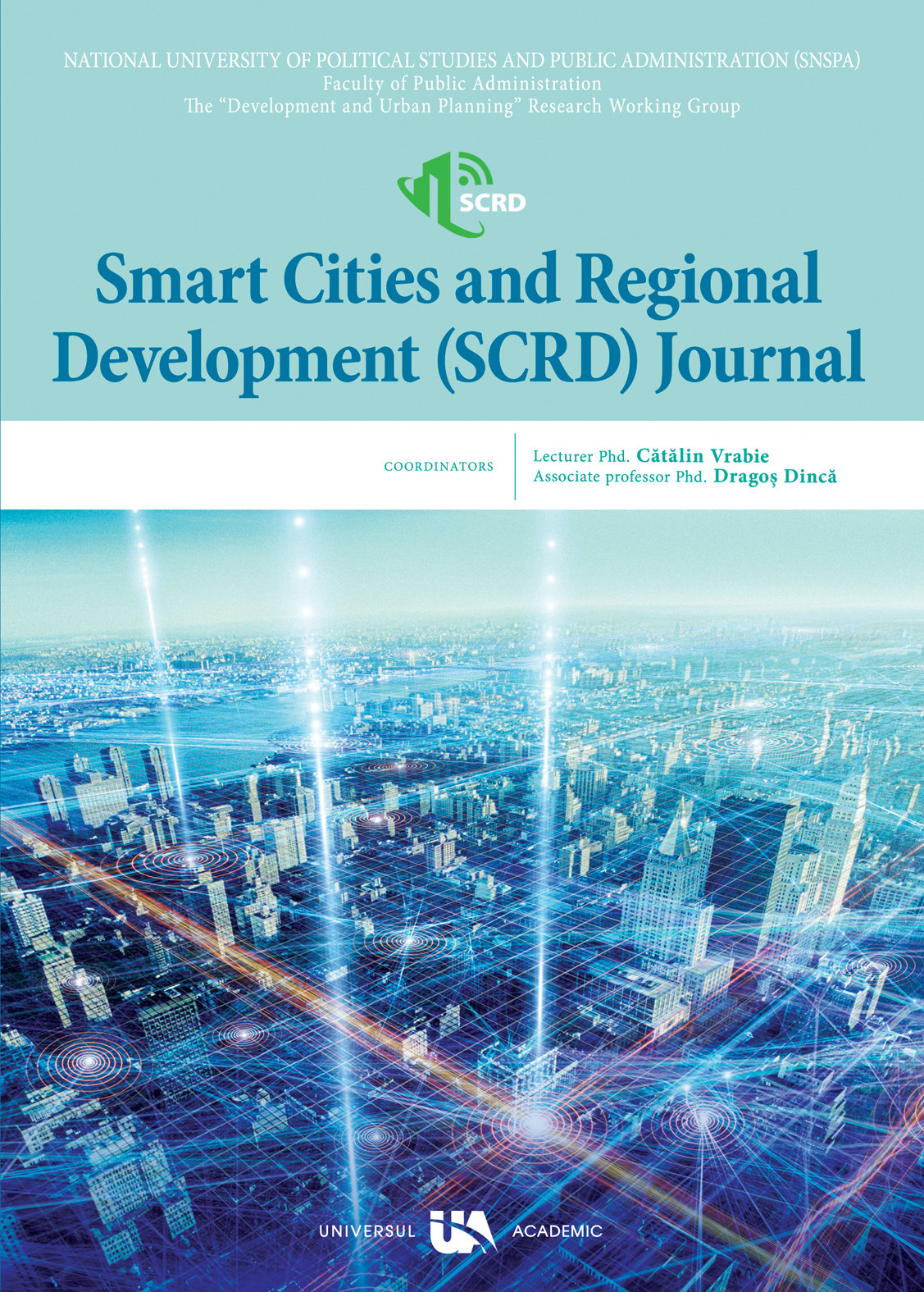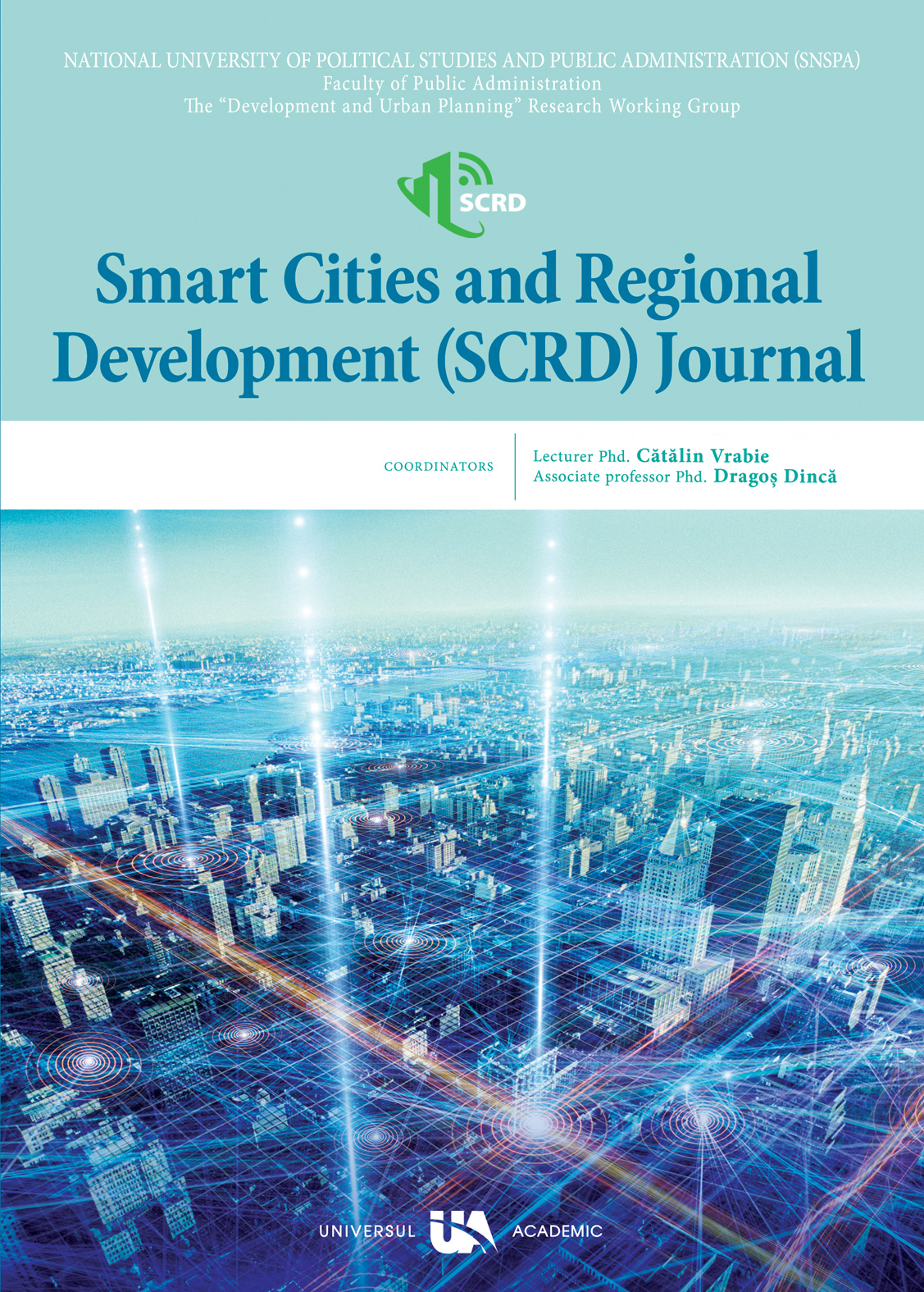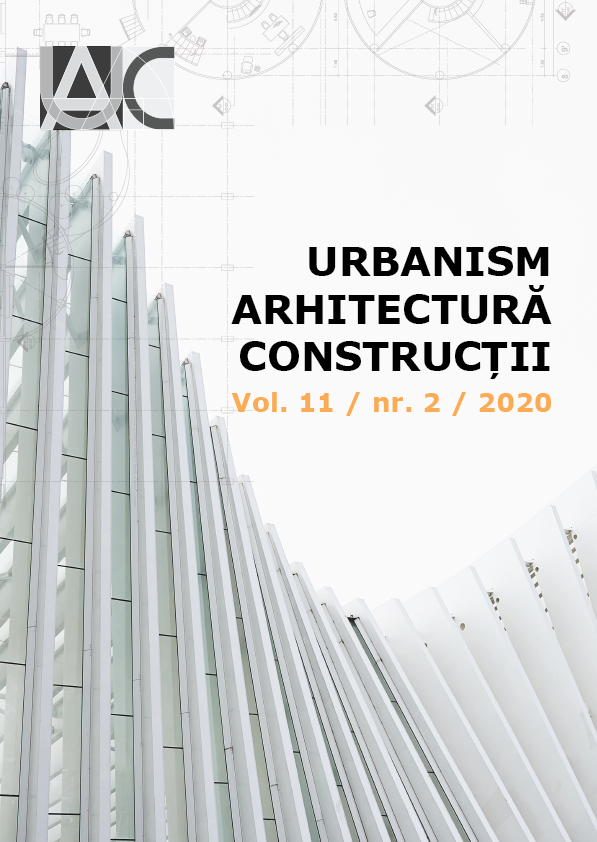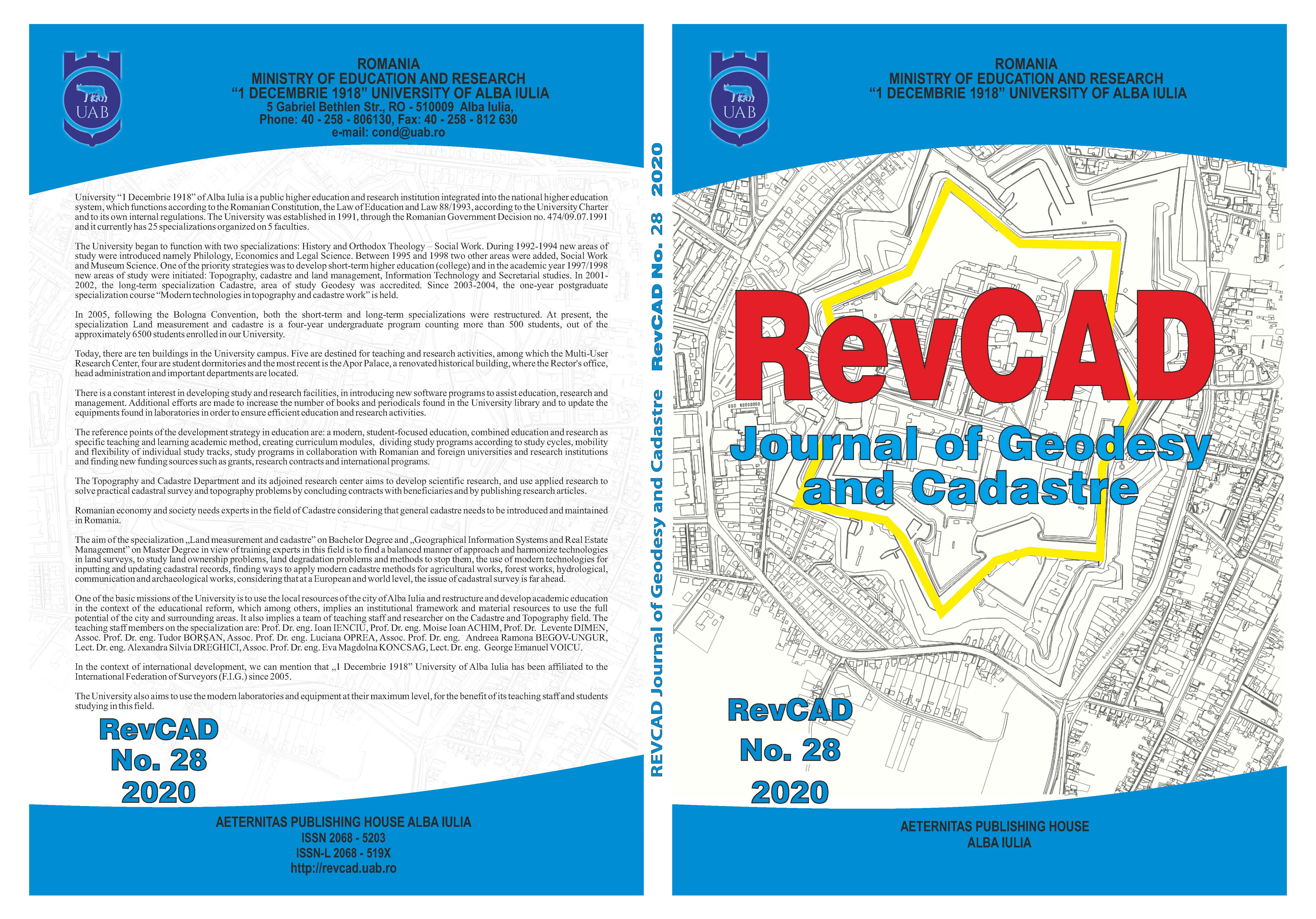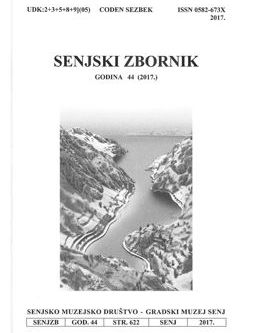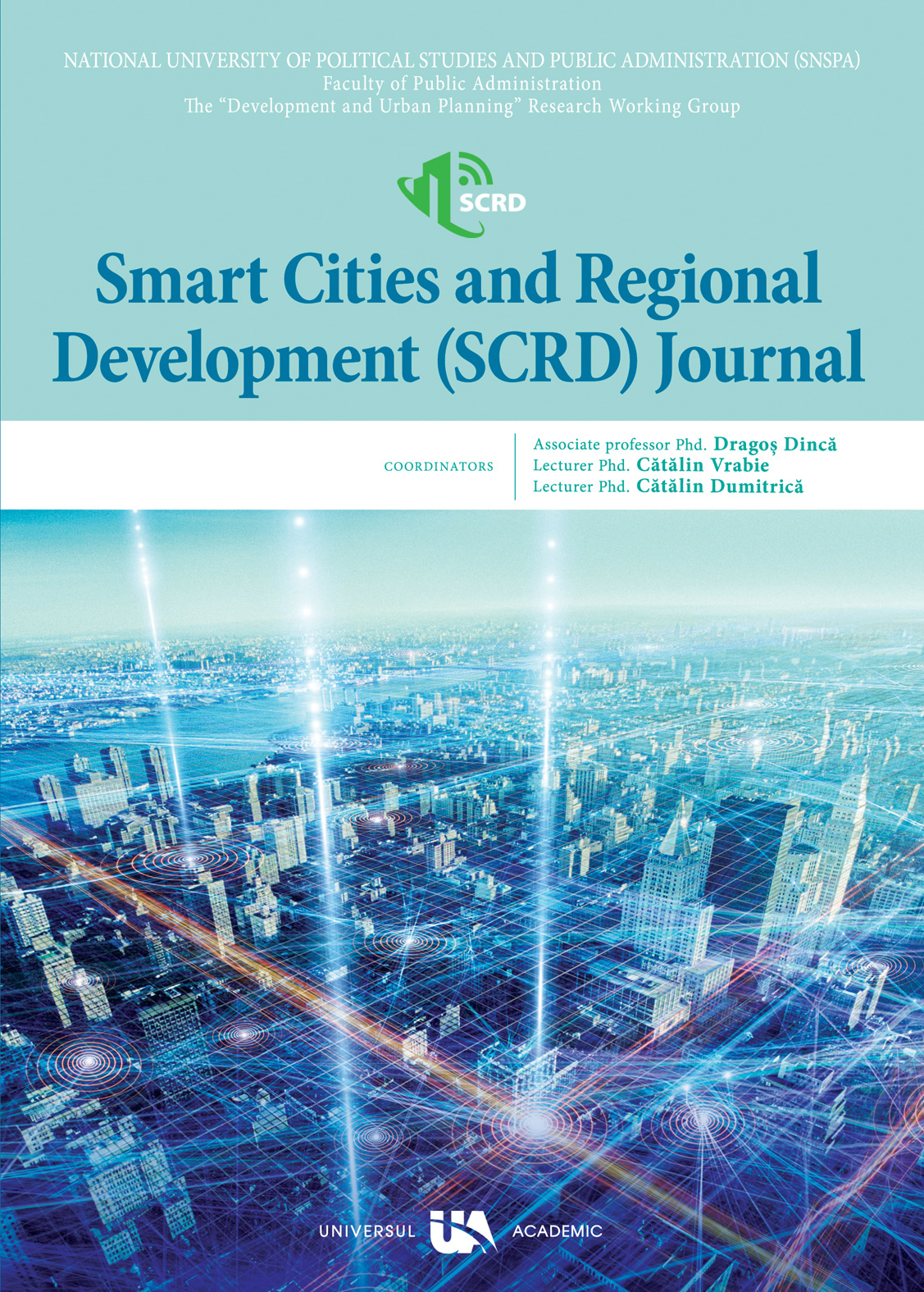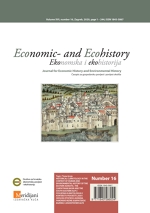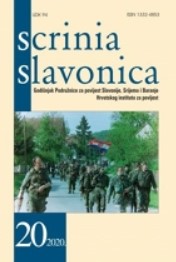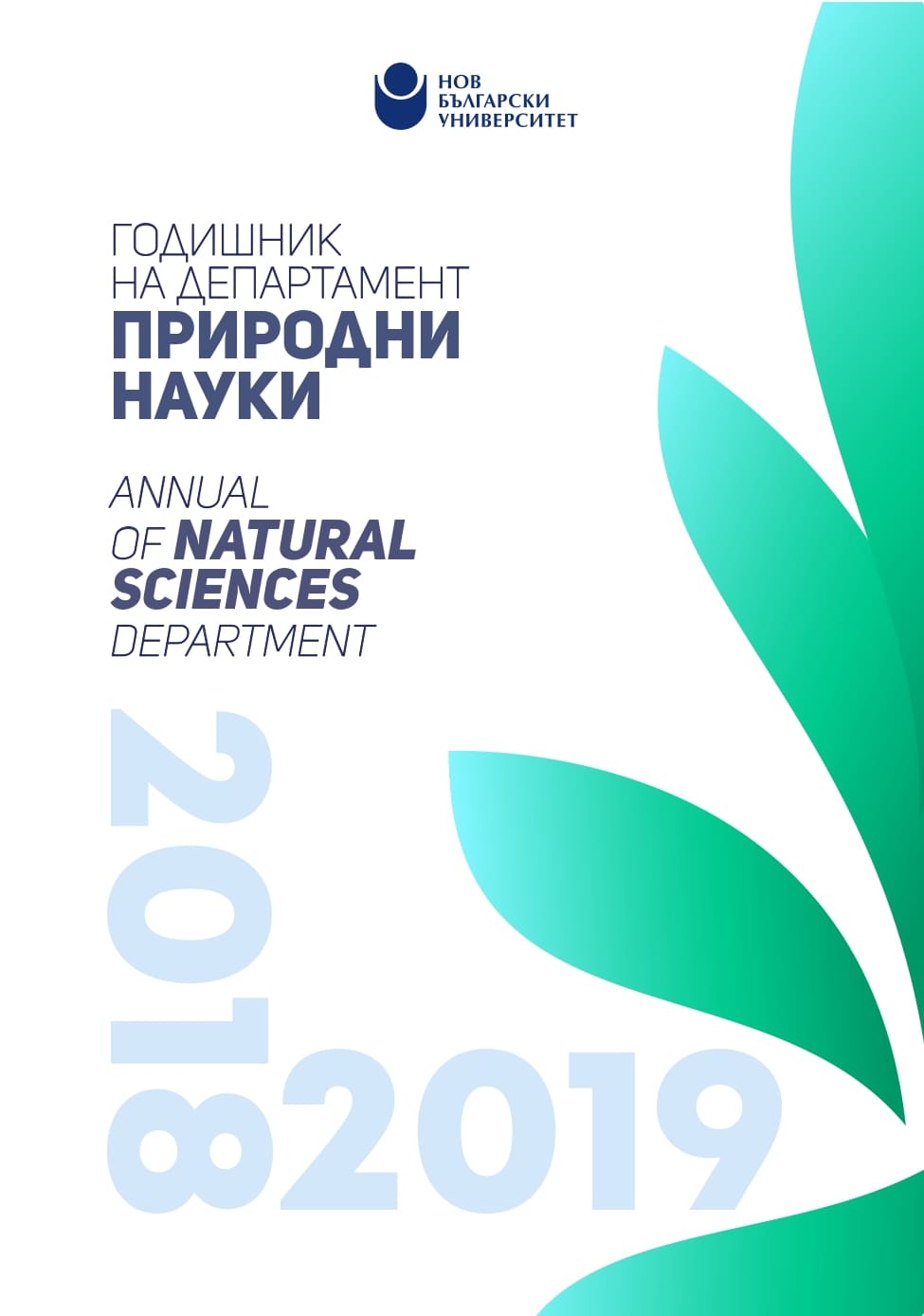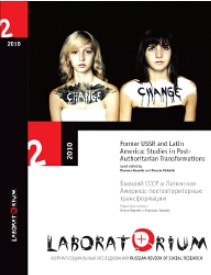Author(s): Laurent Dhennequin,Jean-Paul Guillaumet,Miklós Szabó,Philippe Barral,Erica Camurri,Beatrice Cauuet,Felix Fleischer,Jörg Frase,Benjamin Girard,Katherine Gruel,Gilles Hamm,Ralph Hoppadietz,Isabelle JOUFFROY-BAPICOT,Thierry Luginbühl,FRANÇOIS MEYLAN,Fabrice Monna,Fabienne Olmer,Christophe Petit,Richard Herve,Sabine Rieckhoff,Rosa Roncador,Dániel Szabó,Calin Tamas,Lőrinc Timár,Otto Urban,Daniele Vitali,Mattias Wöhrl / Language(s): French
Issue: 1/2008
This article contains the results of 10 years of research in the Gaulish oppidum of Bibracte between 1996 and 2005. It discusses the thematic developed in Center archéologique européen of Bibracte in this period. It concerns the natural and human environment, the organization of the oppidum and the political and economic structures. The palaeoenvironmental analyses have demonstrated the strong impact of human activities, namely of paleometallurgy, on the natural environment. The understanding of the inner organization of the oppidum has been enriched by the study of the fortifications, the burials, the workshop and residential areas and the public buildings. The greatest result was the uncovering of a basilica complex of a Roman republican style in the center of the settlement (between 50 and 30 BC). Finally, the study of the finds has contributed to determination of the phases and the chronology of the settlement.
More...
